The Tragic Tale of the Abandoned Jack-O-Lantern Display Stand
LexBlog IP
OCTOBER 31, 2023
Venturing into the patent archives reveals a plethora of Halloween-inspired inventions, highlighting the seamless blend of creativity and business during this eerie season. Today we descend into the cryptic catacombs of patent drafting to exhume a narrative of innovation entangled in a web of woes. Patent Application No.

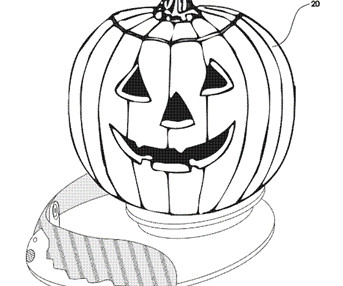
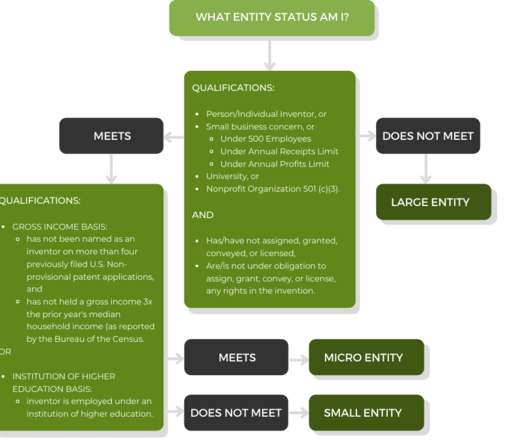

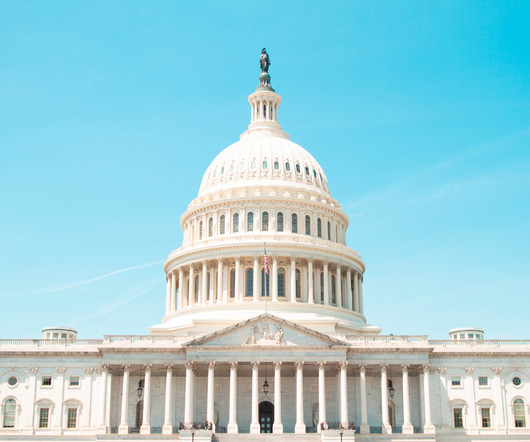
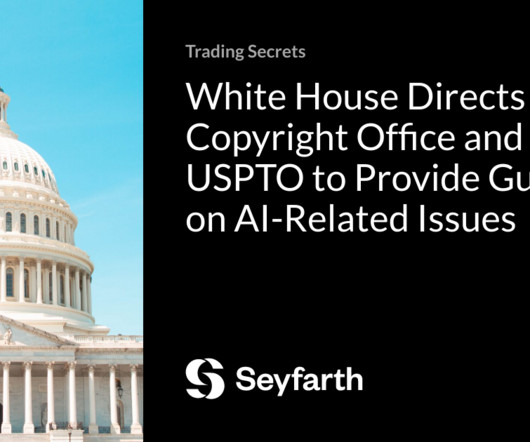
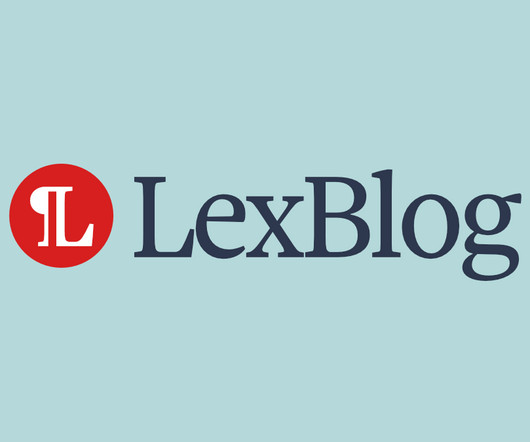








Let's personalize your content